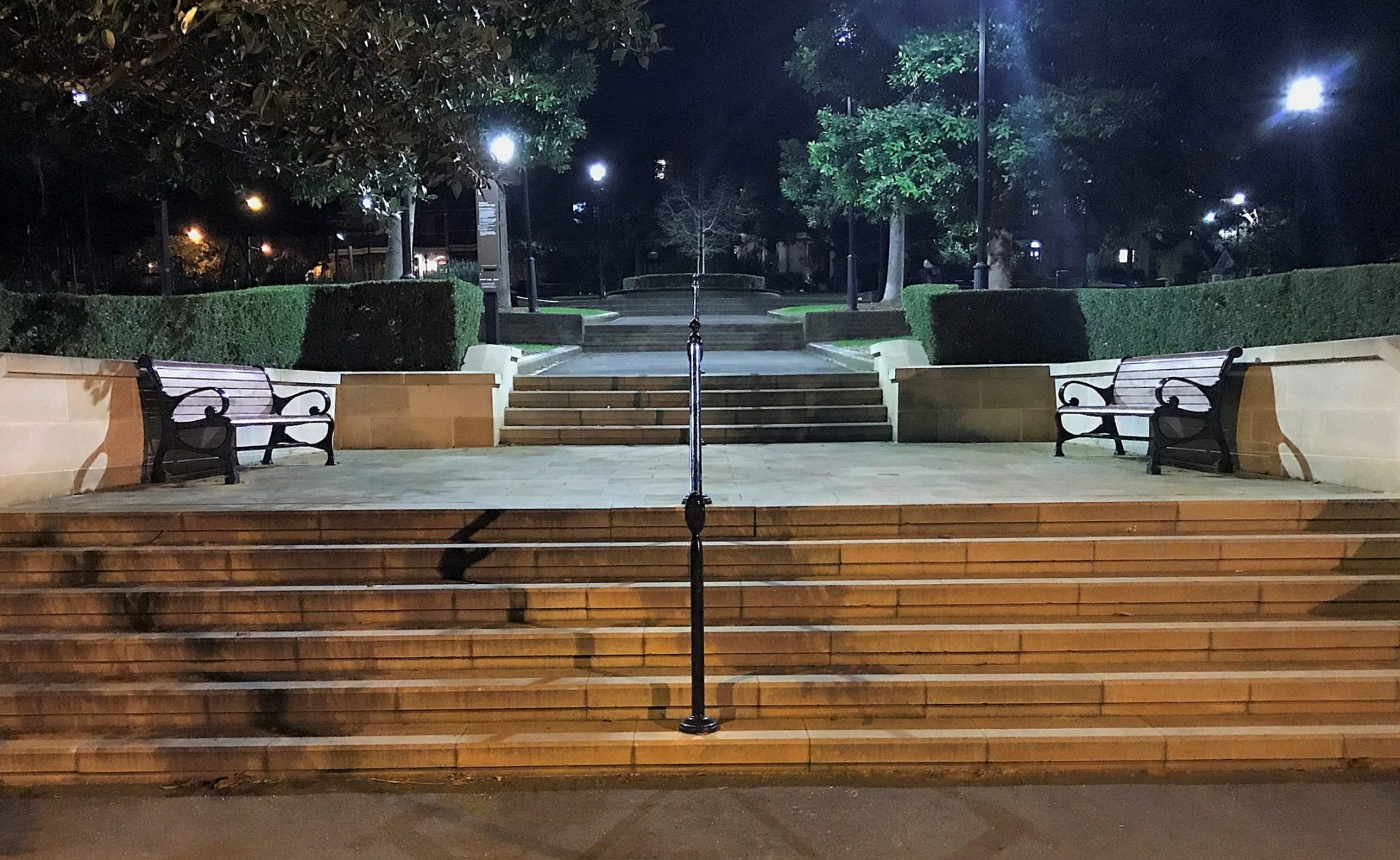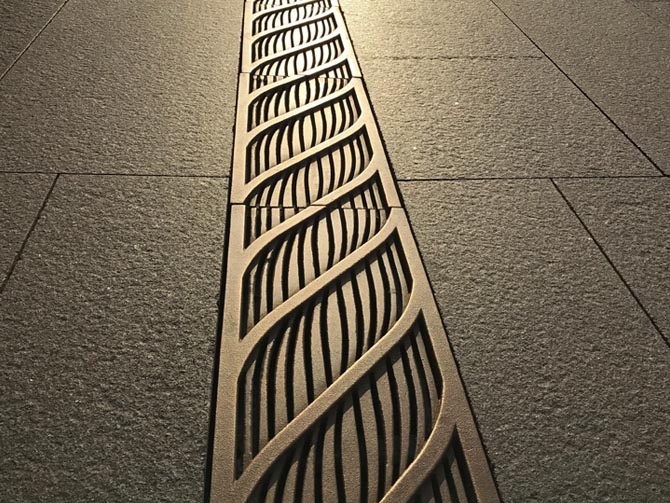Urban Regeneration: An Introduction
Practical application of urban regeneration strategies is the key to reinvigorating modern cityscapes, transforming the lives of residents, attracting tourists and stimulating economic growth.
The benefits of urban regeneration strategies are manifold, simultaneously addressing issues such as social equity and health, reducing carbon emission, and enhancing infrastructure, liveability and housing.
What is Urban Regeneration?
Urban regeneration is an umbrella term which covers everything from infrastructure and transport investment, to social and cultural regeneration including museums and parks. Urban regeneration projects also focus on the central role of the natural environment in urban design, reserving and maintaining green spaces in development plans and redeveloping brownfield sites. It also deals with the progression of eco-friendly projects that promote walking, cycling, and public transport, managing waste around the city and implementing recycling strategies.
Why Urban Regeneration?
Often cities have unused and underutilized spaces which serve little purpose, often bringing down the standard of living in the area. Through urban regeneration, these spaces are transformed into liveable and beneficial areas with a joint effort from the government and private entities.
Execution of urban renewal projects requires close monitoring, continual feedback to authorities, and a shared set of goals and aims. These efforts should be focused on better use of existing resources in practical ways which benefit local communities.
What Can We Achieve with Urban Regeneration?
All urban regeneration projects serve to achieve a few standard sets of goals, including:
- Cutting down barriers to community growth
- Tackling low employment
- Making spaces more attractive to residents and investors
- Opening up new avenues for opportunity and progress
- Raising the standard of living
- Increasing satisfaction among local residents
What is Role of Street Furniture in Urban Regeneration?
Street furniture plays a vital role in urban regeneration, improving the ambiance of public spaces, making areas more accessible to the elderly and children, and providing space for community engagement.
Street furniture serves more than a decorative purpose; it provides a sense of place. Carefully placed bins and benches reflect deep planning and care for the public on the city planner’s part, demonstrating thoughtful, human-centric design.
Moreover, street furniture heavily influences human behaviour. With anti-littering projects, it promotes recycling and cleanliness among residents. It provides people spaces to interact with each other and form bonds.
Skateboarder-friendly and bicycle racks serve to encourage and improve quality of life. Additionally, some street objects, especially those made of cast iron, help preserve history and cultural heritage.(1)
A study that drew comparison between streets adorned with and a street without street furniture showed that pedestrians reported a higher satisfaction rate using the street where they did not have to compete with cars and bikes.(2)
The Barangaroo Project
Emerdyn has had the honour of contributing to one of the world’s leading urban renewal plans, the Barangaroo Project. Managed by Lend Lease, 22 hectares of land are being redeveloped with a $6 billion budget, projected to be completed in 2024 with a new metro station, apartment complexes, and a 275-meter building, crowned Sydney’s tallest building.
It has the potential to provide around 24,000 people with work,(3) but it is the thoughtful and intentional environmental planning which sets the Barangaroo Project apart:
- 97% of the construction waste is being recycled.
- Barangaroo is also helping preserve the environment by planting 100% native plants.
- It is a “water-wise precinct” capable of exporting more recycled water than the drinking water it consumes.
- 50% of the area is designated public space.
- It has zero waste emission making the world’s first carbon-neutral city.
- It aims to direct 80% of waste away from landfills.
- It promotes city well-being by employing 24,000 people.(4)
The installation of street furniture elements to create functional public spaces which carry the modern industrial aesthetic throughout the precinct is another key part of the project plans. Emerdyn provided stainless steel life buoy posts and stainless steel boat dock ladders to adorn the Barangaroo harbourside.
Additionally, Emerdyn crafted cast bronze conduit covers, cast bronze drain grates, cast ductile iron drain grates, and cast ductile iron tree grates that serve to create an instantly recognisable identity across the district.
The Bays Precinct
A proposed urban renewal plan for Sydney, Australia, known as The Bays Precinct, is set to revolutionize transport. While master plans are still being discussed, the project aims to redevelop 95 hectares of land which will house the new Sydney Fish Market – an effective way of creating jobs for people in the area and capitalizing on the surrounding waterfront. Additionally, a metro line is to be constructed in Glebe Islands Bridge, contributing to ease of movement for those who work or live in the area.(5)
Conclusion
Including sustainable strategies in plans, cutting pollution by taking eco-friendly steps such as cultivating green spaces and cutting down crime rates by providing work to the underprivileged are central to the success of urban regeneration plans. If you would like to continue the conversation, feel free to reach out for more information.
Summing it up, urban regeneration strategies are the only way of moving forward. If we are planning projects for cities, we must focus on long-term goals instead of short ones. It means
References
- https://www.sciencedirect.com/science/article/abs/pii/S0160932720300387
- https://www.researchgate.net/publication/260555765_Evaluation_of_users’_satisfaction_on_pedestrian_facilities_using_pair-wise_comparison_approach
- https://en.wikipedia.org/wiki/Urban_renewal_in_Sydney#Barangaroo
- https://www.barangaroo.com/the-project/progress/sustainability/
- https://en.wikipedia.org/wiki/Bays_Precinct
 48
48 0
0
